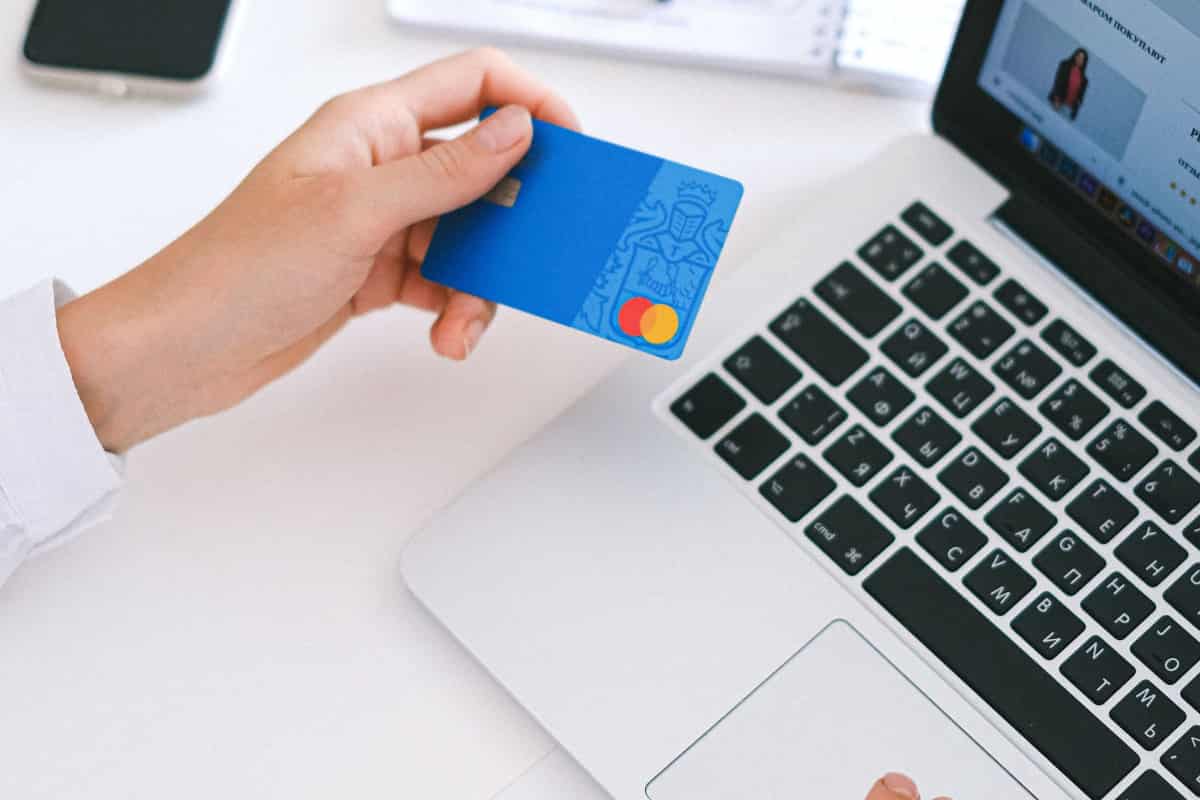In today’s society, direct debit has become a quick and easy way to pay for things such as recurring bills. It involves an automatic transfer of funds from one individual’s bank account to another. This transfer occurs on a routinely basis over a fixed timeline. This makes direct debit highly useful to pay for ongoing charges such as bills, memberships or other services. There are numerous pros and cons associated with this form of debit. This article discusses some key things to consider when cancelling direct debits.
Cancelling a Direct Debit
The cancelling of direct debits occurs in multiple ways. Online banking platforms can create or cancel direct debits with ease. Banking over the phone is another option that may be available. Writing an instruction letter to the financial institution outlining your request with the relevant details may also be done. Details required in this letter include the payee’s details, date of cancellation and a request of a confirmation from your bank. However, simply visiting your local branch may be the simplest and often most convenient option for many. Once the bank receives the request, they must stop the direct debit and forward the cancellation onto the payee’s bank. Before cancelling the debit, it is important to consider the following:
1. Outstanding Legal Obligations
Cancelling a direct debit will stop your money from being paid externally. It does not, however, cancel the underlying obligation that created the direct debit in the first place. Careful consideration should be given to the reason for the direct debit and the impacts of cancelling. For example, being contracted to pay a gym membership of $30 a fortnight via direct debit. Cancelling your debit via the bank does not change your original obligations with the gym. Penalties under the initial contract may still apply.
2. Contacting your service provider
Contacting the service provider is essential after cancelling a direct debit. Particularly where there are no legal obligations, but a debit has been set up. The bank as well as the service provider should be notified of the cancellation. For example, where you are paying for a subscription service on a regular basis. The service provider will attempt to charge for its services unless you cancel through them directly.
3. Potential for unauthorised transactions
It is important to follow up on your request to cancel a direct debit with your bank. This avoids a situation where your request has been missed and the direct debits continue. The bank or financial institution must comply with your cancellation request. Any future debits should be refunded. A failure to do so gives rise to a claim against the bank or financial institution.
Conclusion
Cancelling a direct debit is quite a straightforward process. It is important to give some consideration to the above to ensure no further financial burden occurs. Direct debits overall are a great way to manage your finances. More information on the nature of these debits can be found here. If you are unsure whether you may be in breach of your contract, it is wise to consult one of our business lawyers.




